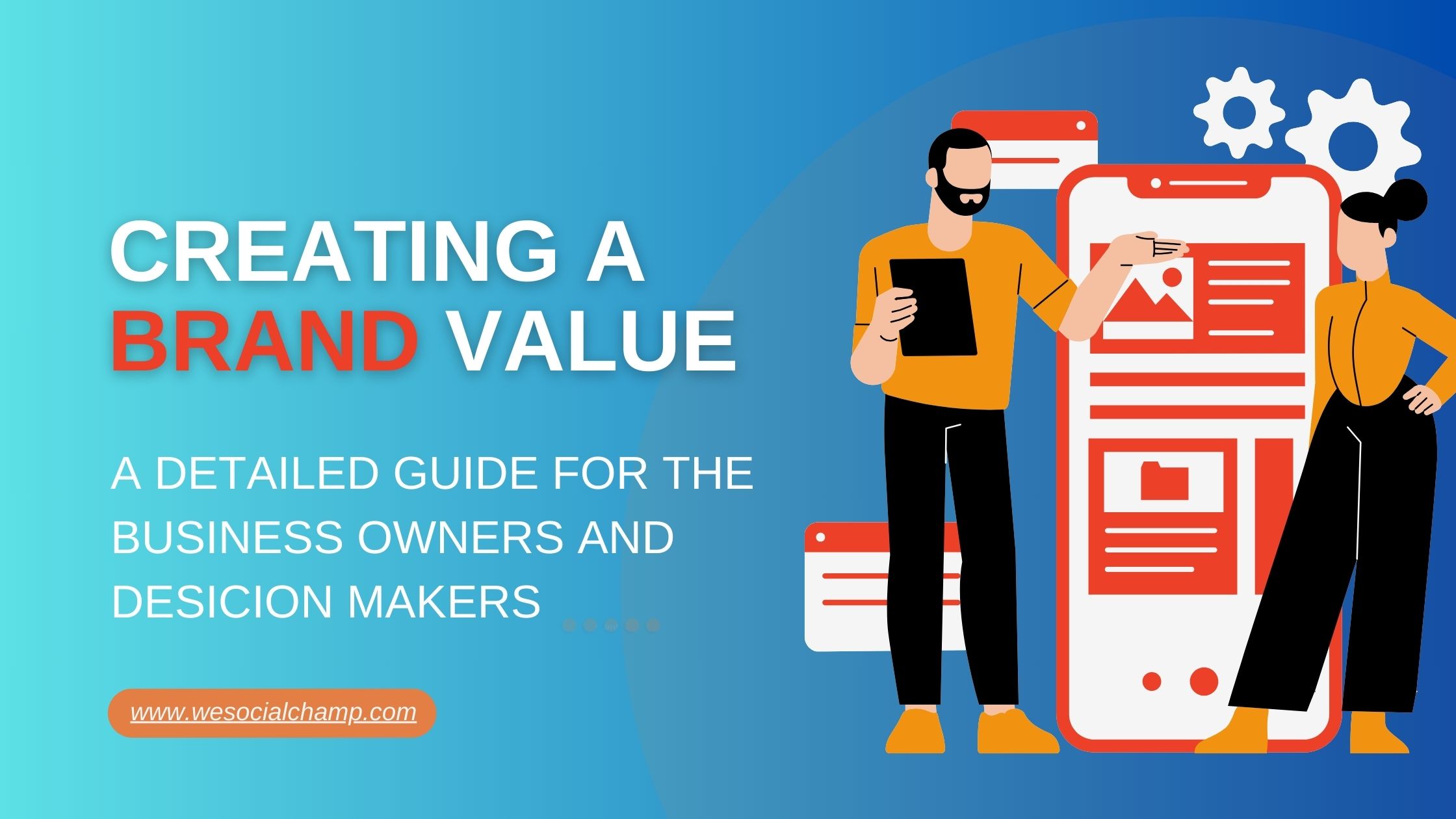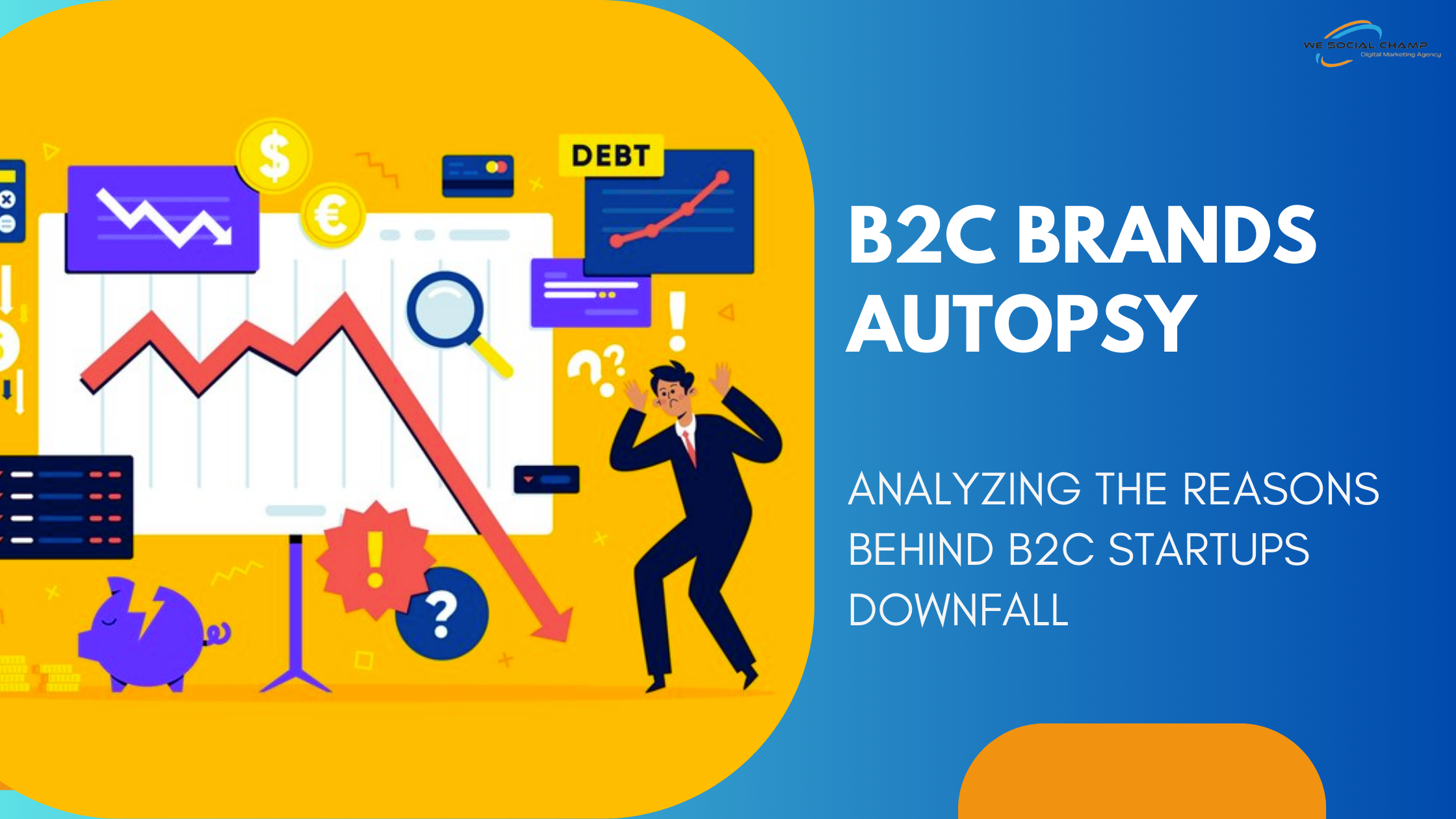Embarking on the journey of digital marketing often feels like navigating through a maze filled with unseen challenges. These hurdles, lurking beneath the surface, can significantly hinder the lead generation process for businesses. However, understanding and addressing these obstacles is paramount for businesses aiming to elevate their marketing game and drive sustainable growth. In our comprehensive guide, we’ll unravel the mysteries of digital marketing loopholes and equip you with proven strategies to overcome them. Join us as we delve deep into the realm of digital marketing, uncovering the keys to unlocking better lead generation outcomes. Let’s master the game together and pave the way for success in the digital landscape!
Understanding Digital Marketing Loopholes
Digital marketing loopholes are weaknesses or vulnerabilities within your marketing strategies and tactics that prevent you from effectively generating leads. These loopholes can manifest in various forms, such as ineffective targeting, poor messaging, or suboptimal user experience. By identifying and addressing these loopholes, businesses can remove barriers to lead generation and unlock their full potential.
Conducting a Comprehensive Audit
The first step in finding digital marketing loopholes is to conduct a comprehensive audit of your current marketing efforts. This involves analyzing your website, content, social media presence, advertising campaigns, and other digital assets to identify areas of improvement and potential loopholes.
Key Areas to Investigate Digital Marketing Loopholes
During the audit process, pay close attention to the following key areas where digital marketing loopholes commonly occur. It’s a good time when you should ask these questions yourself-
Is Your Website Optimized for Lead Generation?
As a business owner, it’s crucial to examine your website through the lens of lead generation. Is it user-friendly, mobile-responsive, and optimized for conversion? Take a moment to assess whether there are any technical issues, slow loading times, or barriers that may be hindering user experience and driving potential leads away.
Content Quality and Relevance: Are You Meeting Your Audience’s Needs?
Now, let’s shift our focus to content quality and relevance. Take a step back and evaluate the content across various channels, including your website, blog, and social media profiles. Are you addressing the needs and pain points of your target audience effectively? Ensure your content provides genuine value that encourages engagement and ultimately leads to conversion.
Are You Targeting the Right Audience?
Review your audience targeting and segmentation strategies. Are they aligned with your ideal customer profiles? Look for any gaps or inconsistencies in your targeting approach that may be limiting your ability to reach and attract qualified leads. Remember, precision targeting is key to maximizing the impact of your marketing efforts.
Is Your Messaging Creating Consistency and Trust?
Messaging and brand consistency play a pivotal role in building trust and credibility with potential leads. Evaluate the consistency and effectiveness of your messaging across different marketing channels. Is your brand voice clear, compelling, and consistent? Ensure that your messaging resonates with your audience and reinforces your brand identity.
Are Your Conversion Paths Optimized for Success?
As you strive to maximize lead generation, it’s essential to examine your conversion paths and ensure they’re streamlined for success. Are there any barriers or friction points hindering potential leads from completing desired actions? Take a moment to analyze your conversion paths and identify areas for optimization.
Implementing Solutions
Once you have identified digital marketing loopholes, it’s time to implement solutions to address them effectively. This may involve making changes to your website, content strategy, targeting approach, or conversion optimization tactics. Focus on prioritizing the most critical loopholes that are having the greatest impact on your lead generation efforts and implement solutions systematically to drive meaningful improvements.
-
Identifying Barriers and Friction Points
Begin by carefully analyzing your conversion funnels. Are there any obstacles preventing leads from smoothly progressing through the funnel? Look for potential barriers such as complex forms, unclear calls-to-action (CTAs), or lengthy checkout processes that may be causing friction and deterring conversions.
-
Optimizing Calls-to-Action (CTAs) and Forms
Next, focus on optimizing your CTAs and forms to make the conversion process as seamless as possible. Are your CTAs clear, compelling, and prominently displayed? Ensure they stand out and clearly communicate the desired action to users. Similarly, streamline your forms by minimizing the number of fields and simplifying the input process to reduce friction and encourage completion.
-
Enhancing Landing Page Effectiveness
Landing pages play a crucial role in guiding leads towards conversion. Are your landing pages optimized to effectively communicate value and encourage action? Evaluate the design, messaging, and layout of your landing pages to ensure they align with the user’s intent and provide a clear path to conversion.
-
Prioritizing User Experience
Above all, prioritize the user experience throughout the conversion process. Is the journey from initial engagement to conversion smooth and frictionless? Eliminate any unnecessary steps or distractions that may disrupt the user’s flow and impede conversion. Remember, a positive user experience is essential for driving conversions and maximizing lead generation.
-
Continuously Monitoring and Iterating
Finally, it’s essential to continuously monitor and iterate on your digital marketing strategies to ensure long-term success. Regularly track key performance metrics, gather feedback from your audience, and adapt your approach based on insights and data. By remaining vigilant and proactive, you can stay ahead of potential loopholes and continue to optimize your lead generation efforts over time.
-
Competitive Analysis:
Conduct a thorough competitive analysis to identify any gaps or missed opportunities in your digital marketing strategy compared to your competitors. Analyze their tactics, messaging, and positioning to uncover potential areas for improvement and differentiation.
-
Data Privacy and Compliance:
Ensure that your digital marketing practices comply with relevant data privacy regulations such as GDPR or CCPA. Failure to adhere to these regulations can not only result in legal repercussions but can also erode trust and credibility with potential leads.
-
Lead Nurturing and Follow-Up:
Assess your lead nurturing and follow-up processes to identify any gaps or inefficiencies that may be hindering your ability to convert leads into customers. Implement automated email sequences, personalized follow-ups, and lead scoring mechanisms to streamline the nurturing process and maximize conversion rates.
-
Multi-Channel Integration:
Evaluate how effectively your digital marketing channels work together to support your lead generation efforts. Ensure seamless integration between channels such as email marketing, social media, content marketing, and paid advertising to create a cohesive and unified customer experience.
-
Technical Optimization:
Check for any technical issues or bottlenecks that may be affecting your digital marketing performance, such as broken links, page errors, or outdated technology. Conduct regular website audits and performance checks to ensure optimal speed, functionality, and accessibility for your audience.
-
Conversion Attribution:
Review your conversion attribution models to accurately measure the impact of each marketing touchpoint on lead generation and customer acquisition. Implement advanced attribution models such as multi-touch or algorithmic attribution to gain insights into the full customer journey and allocate resources more effectively.
-
Customer Feedback and Insights:
Gather feedback from your existing customers to uncover any pain points or barriers they experienced during the lead generation process. Use this feedback to inform your digital marketing strategies and make data-driven improvements that resonate with your target audience.
-
Continuous Education and Training:
Invest in ongoing education and training for your digital marketing team to stay abreast of the latest trends, technologies, and best practices. Empower your team with the knowledge and skills they need to identify and address digital marketing loopholes effectively.
-
External Audits and Reviews:
Consider hiring external consultants or agencies to conduct audits and reviews of your digital marketing strategy. An outside perspective can often uncover blind spots or overlooked opportunities that internal teams may have missed.
Remember, your website serves as the gateway to your brand, and optimizing it for user experience is paramount. Ensure it is user-friendly, mobile-responsive, and optimized for conversion to maximize lead generation opportunities.
Conclusion
Finding and addressing digital marketing loopholes is essential for overcoming barriers to lead generation and driving business growth. By conducting a comprehensive audit, identifying key areas of improvement, implementing targeted solutions, and continuously monitoring and iterating on your strategies, you can unlock your full potential and achieve sustainable success in the digital landscape. Don’t let loopholes hold you back – take proactive steps to optimize your digital marketing efforts and maximize your lead generation potential.
Precision targeting and segmentation are critical for reaching qualified leads effectively. Align your strategies with your ideal customer profiles to maximize the impact of your marketing efforts.
Ready to supercharge your lead generation efforts and propel your business to new heights? Get in touch with us today to learn how we can help you optimize your digital marketing strategy and maximize your lead generation potential.
Take the next step towards success – Contact us now!













Pingback:The Power of Customer Testimonials: A Strategic Asset for B2B Success - We Social Champ